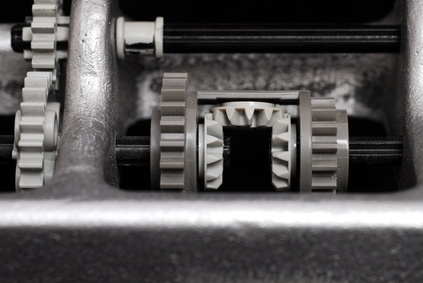
Have you ever wondered why some vehicles stick to the road better around turns? While the tires have something to do with it, a vehicle differential is the main culprit. Limited-slip differential advantages include increased handling, traction and acceleration compared to open differentials.
Non-sport-oriented vehicles traditionally house stock open differentials. An open differential directs increased wheel rotation to the outside wheel while turning. When a tire loses traction, an open differential directs power to the wheel with the least amount of resistance. A limited-slip differential sends equal power to the wheels when driving straight and compensates traction loss by sending more power to the wheel with the most traction.
Since an open differential directs more power to the wheel with the least amount of resistance, in the event of a loss of traction when turning, drivers will more easily lose control. Limited-slip differentials distribute wheel power where needed, reducing traction loss around turns. Better management of wheel rotation increases handling, traction and safety from spin-outs during quick turns.
Performance-oriented drivers will benefit from handling and traction gains associated with limited-slip differentials. Non-performance-oriented drivers who do not face adverse road conditions such as rain, mud or ice may find no advantage to limited-slip differentials.